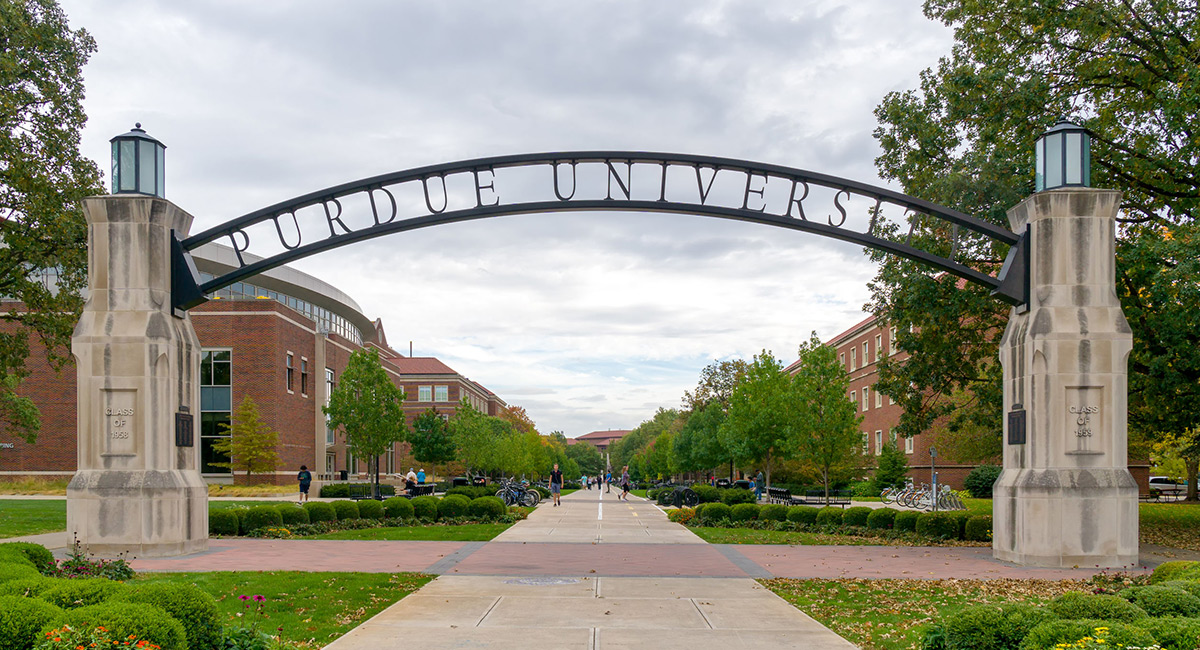I have been spending a lot of time lately pondering the measurement of academic success. How do we know whether a university is doing a good job or not? A fine and decent man, Duane Nellis, recently decided to leave the presidency of my university (Ohio University), returning to teaching, as the feeling became widespread that the school was performing unsatisfactorily. But how do we really know?
Two criteria that are both generally measurable and often also quite important are enrollment and financial condition. In Ohio University’s case, like many other schools, its enrollment has fallen considerably in the last five years or so. Like a majority of colleges financed primarily by tuition fees or government subsidies tied to the number of students, enrollment impacts importantly on finances. If a school is running budget deficits, or if its endowment is small and/or not growing over time, it is pretty likely the university in some broader sense is relatively “unsuccessful.” Similarly, the magnitude of government and other federal research grants are viewed importantly at institutions with a strong research emphasis, both for financial reasons and as an indicator of the quality and quantity of research efforts.
But looking at enrollments and finances is mostly looking at inputs, not outcomes. That does not get at some key questions that all institutions of higher learning need to address. Are students learning more than previously? Have their critical thinking skills improved? Is the institution’s research helping society, and is its research reputation improving over time? Are its graduates assuming important roles in running our society, and is it partially responsible for that? Are students getting a good return on their investment? In private business, we have very precise “bottom line” measures, namely profits (the gap between revenues received and the cost of producing them) and stock prices that determine capitalization (the investing public’s assessment of the value of the company.) Universities have no very clearly and measurably universally understood “bottom line.”
This all means it is difficult to incentivize university personnel by giving them extra remuneration for especially meritorious service. When outgoing Governor Mitch Daniels of Indiana was made president of Purdue University, he did something I have never seen in higher education: he indicated to his governing board his willingness to take a somewhat lower base salary than Purdue was willing to offer, as long if he could receive bonus payments for exemplary achievement. He wanted to create a public sector equivalent of stock options or profit sharing. I spent some time with him pondering how to define excellence and achievement, and it isn’t easy. To give one example, high graduation or retention rates are great, but they can be dishonestly achieved by simply engaging in grade inflation.
Complicating an already difficult problem is the fact that many schools profess to want to maximize or optimize a multiplicity of goals. They want to have the best football team in their league or, for some, on the planet Earth. They want to increase the proportion of minority or first generation students. They want to promote economic development in their region. They want to improve their college magazine rankings, especially US News. Besides teaching and research, big universities run conference centers, hospitals and clinics, offer entertainment for the public (sports, lectures, plays), etc.
There seemingly is not one “bottom line” but many, and sometimes achieving one worsens performance on another. Maximizing the number of first generation or low income students, for example, might conflict with the goal of improving magazine rankings that are partially based on the academic success of students.
An even more immediate problem: who makes decisions? Usually a governing board has legal power, but they are part-timers often not fully conversant with the university community, and powerful faculty, alumni and administrative factions vie for control. Unlike in the private sector, practical “ownership” is murky and even debatable. The governing board’s communication network is often inadequate, and official university sources tell it ad nauseum about the university’s glowing successes, but often disguise the weaknesses—sometimes until after much damage is done. All of this sometimes leads to great inefficiency and to failure, particularly if the school obsesses on goals that are really of secondary importance.












